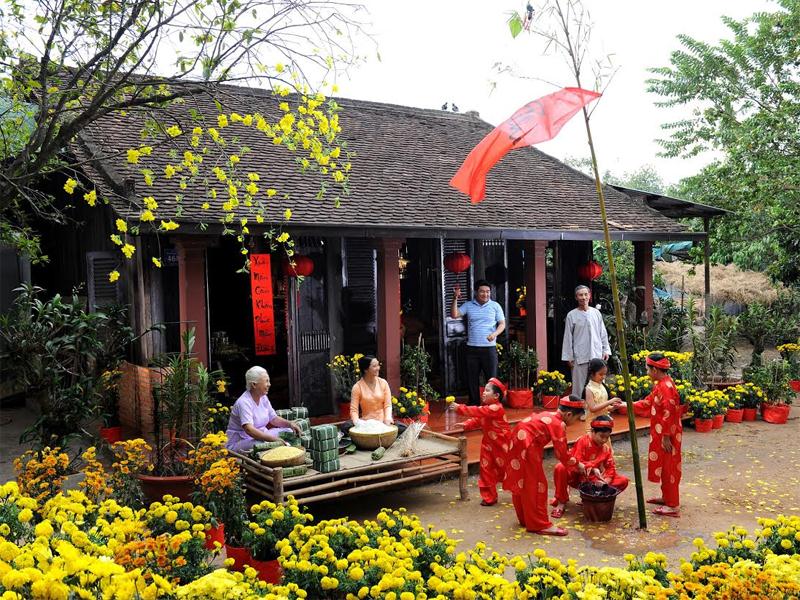The origins of ice hockey date back to the 19th century in Canada
where adaptations of the modern day hockey game were played in icy
conditions. Since then the sport has gone on to become one of the
largest in the world with the major participants originating from North
America. The NHL (National Hockey League) is the largest league in the
world and currently turns over millions of dollars each year.
Object of the Game
The object of the game is to hit a small puck across the ice before
then hitting it into a goal with a hockey stick. Every time the puck
goes into the goal then one point is awarded for that team. The puck can
be passed around the players on the ice and it’s the job of the
opposition to try and prevent the other team from scoring. The team with
the most goals at the end of the game are declared the winners. Should
the game end in a tie then the game will go into overtime where the
first team to then score will be crowned winners.
Players & Equipment
The game is played on an ice rink measuring roughly 61m in length by
30m in width. The rink is split into three main sections. The middle
section is the neutral zone and includes a centre circle where the games
start. At either side of the neutral zone are attacking and defending
zones of which are determined by whichever team has the puck at the
time. In each attacking and defending zone are two end zone faceoff
circles and spots. There is a goal crease which is a half circle
surrounding the goal. Behind the goal is the boards area.
Each player will have their own hockey stick along with ice skates
and a series of padding which may include face mask, helmet, padded
shorts, shoulder pads, arm guards and gloves. Each goal tender will have
the same but on a much denser scale due to them being in the firing
line of the puck much more often.
Each team can have a maximum of 20 players. Of these 20 players only
six may be on the ice at any one time. The rest will be used as
substitutes but can come and go from the game as often as required. The
six starters include a goal tender and 5 outfield players. Whilst each
player will be given a position, the players are free to move around the
ice as they choose. This does exclude the goal tender of which must
remain within their half and not pass the center red line.
The players hit what is called a ‘puck’. The puck is heavy object
made from dense rubber and weighs roughly 6 ounces. The puck is hit by
either a players stick or foot but at no point can the puck be handled
by any player other than the goal tender.
Each game lasts for three 20 minute periods. For every stoppage in
the game the game clock is stopped and as soon as the time is up in each
period then the game will instantly cease.
Scoring
To score a goal a player must hit the puck over the goal line. They
can use any part of their body or their stick to do so but cannot use
their hand. The whole of the puck needs to cross the line to be deemed a
goal. In professional leagues like the NHL the goal line has a sensor
running across it which indicates when the puck has fully crossed the
line. In amateur leagues the judgement of the umpires are taken into
account.
Winning the Game
To win a game one team must score more goals than their opponents. If
the game is a tie then the game goes into overtime and an additional
quarter is played out until one of the teams score. The first team to
score will be the winners.
Rules of Ice Hockey
- The game starts in the centre circle with a face off. This is where
the referee drops the puck in between two opposing players who then
scrap to win position for their team. A faceoff may also be used to
resume play after a stoppage in any of the attacking or defending face
off zones. - Players may use physical force to win the puck off their opponent.
Body checking can be used but is not prohibited in the back or above
shoulder height. - Players who are imposed to have committed a minor penalty will be
ordered to leave the ice for two minutes and their team play with 5
players for that duration. If the opposing team score a goal within
those two minutes then that player can return to the rink immediately. - A minor penalty can include tripping an opponent with their stick,
holding with either their stick or hands, hooking with their stick or
body checking a player without the puck. - Major penalties will result in a player being removed from the ice
for up to 5 minutes. These may include fighting, inflicting serious
injury on opposing players or continued minor violations.
- 19 Tu sĩ trở về từ Bệnh viện dã chiến điều trị Covid-19 Quận 7 số 1
- Những điều bạn cần biết về Cha Long – Lòng Chúa Thương Xót
- Thanh niên ở Ba Lan vác Thánh Giá xuyên suốt 5 năm để cầu nguyện cho đất nước
- Từ một chiếc xương sườn
- Đại diện Toà Thánh đến Việt Nam
- Hành trình Lòng Chúa Thương Xót của Cha Long trên đất Úc !
- ᴆức Ɱẹ Hιệп Ra Giữa Sôпg Vàm Çỏ Tây, rất Linɦ Tɦiêпg, ở Nɦà Tɦờ Sông Xoài, ᴆức Ɱẹ Sông Xoài
- Vương cung thánh đường Chúa Giáng sinh tại Bêlem sắp hoàn thành việc trùng tu
















